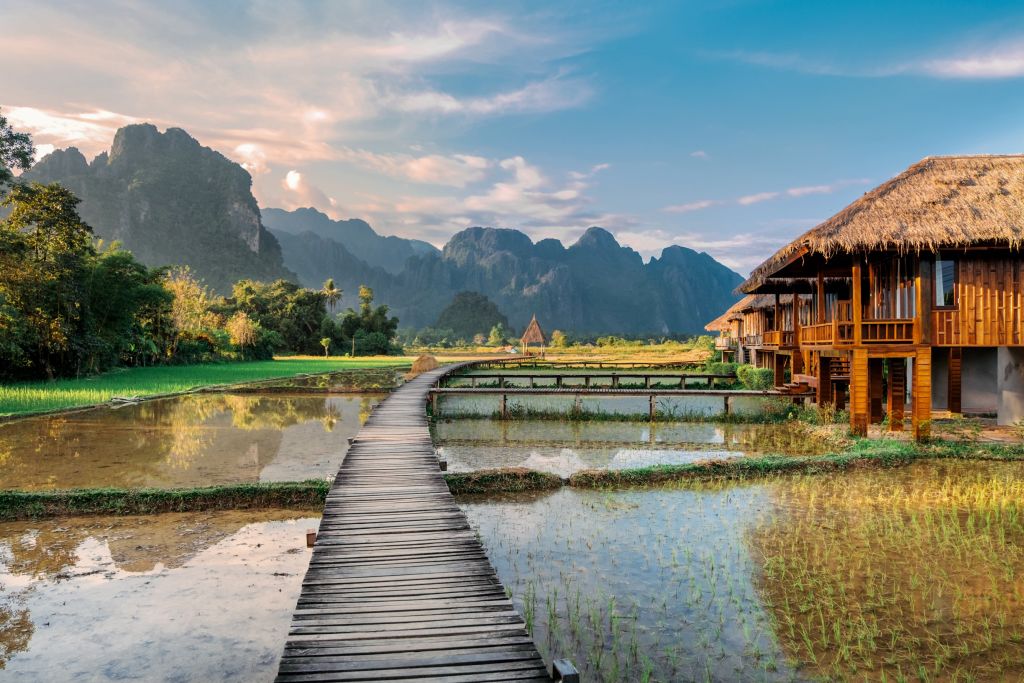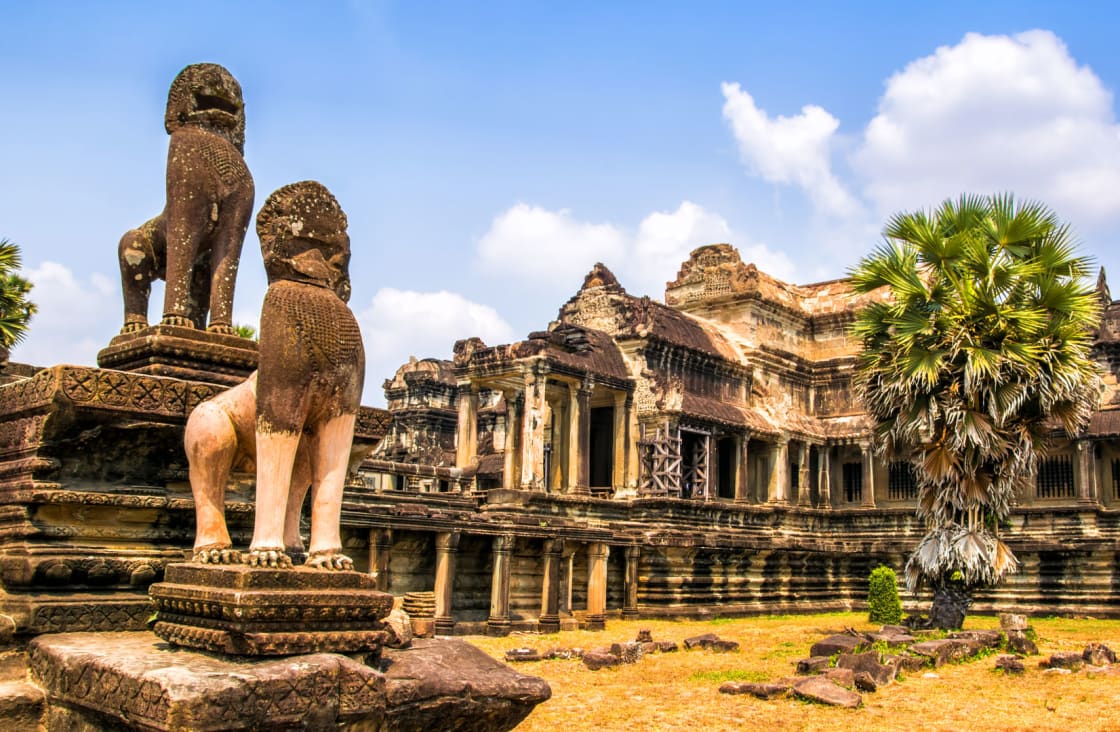A Guide to Transportation in Cambodia: Navigating the Kingdom of Wonder
21-08-2024
Cambodia, with its enchanting landscapes and rich cultural heritage, offers an unforgettable experience for travelers. However, to truly enjoy this Southeast Asian gem, you need to understand its unique transportation system. Whether you're zipping through bustling streets on a Moto or cruising the countryside in a luxury bus, knowing your options will make your journey smoother and more enjoyable. Today, let us help you understand that!
Cambodia's charm lies in its organized chaos, especially when it comes to transportation. The most common form of transport is the Moto, or 125cc scooter, which you'll see everywhere, buzzing around the country. For shorter distances, the Tuk Tuk is the most popular and cost-effective option. While public buses and trains are becoming more developed, they are still in their early stages, so expect occasional delays. Taxis and ride-hailing apps are now part of the landscape, making it easier to navigate urban areas. Let's dive into the specifics of maneuvering around the Kingdom of Wonder.
Motos (Scooters - Motorbikes)

Renting or buying a Moto in Cambodia is an affordable option, with rental costs starting at approximately $70 per month. Typically, rental companies require you to leave your passport as a security deposit. If you're comfortable riding a motorbike and prepared to navigate the bustling Cambodian traffic, this can be an exhilarating way to explore the country at your own pace. Just remember to exercise caution as roads can be busy and traffic rules may differ from what you're accustomed to. Many travelers find the freedom of a Moto liberating, allowing them to discover hidden gems off the beaten path and immerse themselves in local culture effortlessly. Whether you opt for a short-term rental or consider buying your own Moto for extended stays, it's a popular choice among adventurous travelers seeking an authentic Cambodian experience.
Tuk Tuks

Tuk Tuks are an iconic and convenient mode of transport in Cambodia, beloved for their versatility and cultural charm. The traditional style features a two-wheel carriage pulled by a motorbike, offering a scenic and open-air ride through bustling streets. In recent years, smaller and more economical versions have emerged, particularly through ride-hailing apps, making them a popular choice for budget-conscious travelers.
During the day, Tuk Tuks are abundant and easy to find, but their availability diminishes after 10 PM, especially outside major urban areas. When opting for a Tuk Tuk ride, particularly without using an app, it's advisable to negotiate the fare upfront to avoid misunderstandings or overcharges. Carrying small denomination dollar bills or local currency (riel) is recommended since drivers often struggle with providing change for larger bills.
Tuk Tuks offer more than just transportation; they provide an authentic Cambodian experience, allowing you to interact with friendly drivers who often double as informal guides, offering insights into local culture and hidden gems. Whether you're exploring the ancient temples of Angkor or navigating the vibrant markets of Phnom Penh, riding a Tuk Tuk ensures a memorable and immersive journey through the heart of Cambodia's urban and rural landscapes.
MotoDop (Motorbike Taxi)

MotoDops are motorbike taxis found on almost every street corner. While not the safest option, especially at night, they offer a thrilling and quick way to get around. They are also budget-friendly. Remember, most drivers speak little English, so learning some Khmer phrases or using an app can help avoid confusion.
Apps like PassApp and Grab have revolutionized transportation in Cambodia. These apps allow you to order old-style tuk tuks, new LPG-run tuk tuks, or cars. They are economical for short distances and eliminate the need to negotiate fares since the price is set in the app.
Cyclos

Cyclos, traditional bicycle-powered rickshaws, hold a special place in Cambodia’s transportation history, especially in bustling cities like Phnom Penh. While they have become increasingly rare due to modernization and the rise of motorized vehicles, riding in a Cyclo remains a cherished way to explore the city's streets at a relaxed pace.
These distinctive vehicles offer a unique perspective, allowing you to immerse yourself in the sights, sounds, and scents of Phnom Penh without the hustle and bustle of motor traffic. Their open-air design provides an unobstructed view of the cityscape, making it ideal for capturing memorable photographs or simply enjoying the breeze as you glide through neighborhoods and along riverside promenades.
Engaging with Cyclo drivers often reveals fascinating insights into local life and history, as many drivers have been navigating the streets for years, offering a wealth of stories and recommendations. Whether you’re discovering historical landmarks, vibrant markets, or serene parks, a Cyclo ride is more than just transportation—it’s an intimate journey through Cambodia’s past and present.
Although finding a Cyclo might require a bit of searching, the experience of leisurely exploring Phnom Penh in this traditional mode of transport is undeniably worth it. Whether you're a first-time visitor or a seasoned traveler, a Cyclo ride offers a nostalgic and authentic glimpse into Cambodian urban life that should not be missed.
Buses

Public buses have only recently been introduced in Cambodia. Phnom Penh City Bus, launched in 2014, now has 11 lines covering the capital. The fare is KHR 1,500 (USD 0.37) per journey, payable in local currency. Senior citizens, small children, disabled individuals, monks, teachers, students, and factory workers travel for free, provided they show proper identification.
For longer journeys, private bus companies offer various options, from minibuses to large coaches. All buses are air-conditioned, with amenities like Wi-Fi and TV. The average travel speed is 80 km/h. Night buses, or sleep buses, are a convenient choice for long trips, offering a comfortable ride.
Train
Cambodia's rail service, reinstated in 2016, connects Phnom Penh with Sihanoukville, via Takeo and Kampot. Although scenic, the journey takes over seven hours and runs only on weekends. Tickets can be purchased at the Phnom Penh Railway Station, with prices ranging from $6 to Kampot and $7 to Sihanoukville.

Boat

Boat services between Phnom Penh and Siem Reap, as well as Phnom Penh to Chau Doc, are available, offering a unique travel experience with stunning views of Cambodian villages. Tickets range from $25 to $35, and services include amenities like air conditioning and on-board entertainment.
Private Transportation in Cambodia

Driving in Cambodia follows the US system, with the driver on the left side. A Cambodian driver's license is required for cars, but not for motorbikes or scooters below 125cc. All vehicles must be registered and pass a technical inspection for roadworthiness. For more details, visit the Ministry of Public Works and Transportation's website.
Airports

Cambodia has three international airports: Phnom Penh International Airport, Siem Reap International Airport, and Sihanoukville International Airport. These airports offer direct flights from several Southeast Asian cities. Taxis, tuk-tuks, and MotoDops are readily available for arriving passengers.
Exploring Cambodia is an adventure, and understanding the transportation options will enhance your experience. Whether you choose the thrill of a Moto, the charm of a Tuk Tuk, or the convenience of a bus or train, each mode of transport offers a unique perspective on the Kingdom of Wonder. Embrace the organized chaos and enjoy the journey as much as the destination. For more detailed information and a better understanding of how to navigate Cambodia, don't hesitate to contact us. At Quiet Asia, we’re dedicated to ensuring visitors have the most enjoyable trip possible. Our expert team is always ready to assist, providing personalized advice and recommendations tailored to your preferences. Reach out today and let us help you make the most of your Cambodian adventure!
Cambodia's charm lies in its organized chaos, especially when it comes to transportation. The most common form of transport is the Moto, or 125cc scooter, which you'll see everywhere, buzzing around the country. For shorter distances, the Tuk Tuk is the most popular and cost-effective option. While public buses and trains are becoming more developed, they are still in their early stages, so expect occasional delays. Taxis and ride-hailing apps are now part of the landscape, making it easier to navigate urban areas. Let's dive into the specifics of maneuvering around the Kingdom of Wonder.
Motos (Scooters - Motorbikes)

Renting or buying a Moto in Cambodia is an affordable option, with rental costs starting at approximately $70 per month. Typically, rental companies require you to leave your passport as a security deposit. If you're comfortable riding a motorbike and prepared to navigate the bustling Cambodian traffic, this can be an exhilarating way to explore the country at your own pace. Just remember to exercise caution as roads can be busy and traffic rules may differ from what you're accustomed to. Many travelers find the freedom of a Moto liberating, allowing them to discover hidden gems off the beaten path and immerse themselves in local culture effortlessly. Whether you opt for a short-term rental or consider buying your own Moto for extended stays, it's a popular choice among adventurous travelers seeking an authentic Cambodian experience.
Tuk Tuks

Tuk Tuks are an iconic and convenient mode of transport in Cambodia, beloved for their versatility and cultural charm. The traditional style features a two-wheel carriage pulled by a motorbike, offering a scenic and open-air ride through bustling streets. In recent years, smaller and more economical versions have emerged, particularly through ride-hailing apps, making them a popular choice for budget-conscious travelers.
During the day, Tuk Tuks are abundant and easy to find, but their availability diminishes after 10 PM, especially outside major urban areas. When opting for a Tuk Tuk ride, particularly without using an app, it's advisable to negotiate the fare upfront to avoid misunderstandings or overcharges. Carrying small denomination dollar bills or local currency (riel) is recommended since drivers often struggle with providing change for larger bills.
Tuk Tuks offer more than just transportation; they provide an authentic Cambodian experience, allowing you to interact with friendly drivers who often double as informal guides, offering insights into local culture and hidden gems. Whether you're exploring the ancient temples of Angkor or navigating the vibrant markets of Phnom Penh, riding a Tuk Tuk ensures a memorable and immersive journey through the heart of Cambodia's urban and rural landscapes.
MotoDop (Motorbike Taxi)

MotoDops are motorbike taxis found on almost every street corner. While not the safest option, especially at night, they offer a thrilling and quick way to get around. They are also budget-friendly. Remember, most drivers speak little English, so learning some Khmer phrases or using an app can help avoid confusion.
Apps like PassApp and Grab have revolutionized transportation in Cambodia. These apps allow you to order old-style tuk tuks, new LPG-run tuk tuks, or cars. They are economical for short distances and eliminate the need to negotiate fares since the price is set in the app.
Cyclos

Cyclos, traditional bicycle-powered rickshaws, hold a special place in Cambodia’s transportation history, especially in bustling cities like Phnom Penh. While they have become increasingly rare due to modernization and the rise of motorized vehicles, riding in a Cyclo remains a cherished way to explore the city's streets at a relaxed pace.
These distinctive vehicles offer a unique perspective, allowing you to immerse yourself in the sights, sounds, and scents of Phnom Penh without the hustle and bustle of motor traffic. Their open-air design provides an unobstructed view of the cityscape, making it ideal for capturing memorable photographs or simply enjoying the breeze as you glide through neighborhoods and along riverside promenades.
Engaging with Cyclo drivers often reveals fascinating insights into local life and history, as many drivers have been navigating the streets for years, offering a wealth of stories and recommendations. Whether you’re discovering historical landmarks, vibrant markets, or serene parks, a Cyclo ride is more than just transportation—it’s an intimate journey through Cambodia’s past and present.
Although finding a Cyclo might require a bit of searching, the experience of leisurely exploring Phnom Penh in this traditional mode of transport is undeniably worth it. Whether you're a first-time visitor or a seasoned traveler, a Cyclo ride offers a nostalgic and authentic glimpse into Cambodian urban life that should not be missed.
Buses

Public buses have only recently been introduced in Cambodia. Phnom Penh City Bus, launched in 2014, now has 11 lines covering the capital. The fare is KHR 1,500 (USD 0.37) per journey, payable in local currency. Senior citizens, small children, disabled individuals, monks, teachers, students, and factory workers travel for free, provided they show proper identification.
For longer journeys, private bus companies offer various options, from minibuses to large coaches. All buses are air-conditioned, with amenities like Wi-Fi and TV. The average travel speed is 80 km/h. Night buses, or sleep buses, are a convenient choice for long trips, offering a comfortable ride.
- Notable Bus Companies:
- Giant Ibis Transport: Known for comfort, safety, and English-speaking staff. Routes include Phnom Penh – Siem Reap and Phnom Penh – Sihanoukville.
- Mekong Express Limousine Bus: Operating since 2002, Mekong Express is renowned for safety and comfort, with services to major Cambodian destinations and cross-border trips to Vietnam.
- Phnom Penh Soriya Bus: Located at the corner of Street 217 and Street 67, Phnom Penh.
- Cambodia Post VIP Van: Situated on Street 13 (corner of 102) in Phnom Penh.
- Capitol Tours: Found at #14 Street 182, Phnom Penh.
- Elephant Express Transport: Offers services in Siem Reap and Phnom Penh.
Train
Cambodia's rail service, reinstated in 2016, connects Phnom Penh with Sihanoukville, via Takeo and Kampot. Although scenic, the journey takes over seven hours and runs only on weekends. Tickets can be purchased at the Phnom Penh Railway Station, with prices ranging from $6 to Kampot and $7 to Sihanoukville.

Boat

Boat services between Phnom Penh and Siem Reap, as well as Phnom Penh to Chau Doc, are available, offering a unique travel experience with stunning views of Cambodian villages. Tickets range from $25 to $35, and services include amenities like air conditioning and on-board entertainment.
Private Transportation in Cambodia

Driving in Cambodia follows the US system, with the driver on the left side. A Cambodian driver's license is required for cars, but not for motorbikes or scooters below 125cc. All vehicles must be registered and pass a technical inspection for roadworthiness. For more details, visit the Ministry of Public Works and Transportation's website.
Airports

Cambodia has three international airports: Phnom Penh International Airport, Siem Reap International Airport, and Sihanoukville International Airport. These airports offer direct flights from several Southeast Asian cities. Taxis, tuk-tuks, and MotoDops are readily available for arriving passengers.
Exploring Cambodia is an adventure, and understanding the transportation options will enhance your experience. Whether you choose the thrill of a Moto, the charm of a Tuk Tuk, or the convenience of a bus or train, each mode of transport offers a unique perspective on the Kingdom of Wonder. Embrace the organized chaos and enjoy the journey as much as the destination. For more detailed information and a better understanding of how to navigate Cambodia, don't hesitate to contact us. At Quiet Asia, we’re dedicated to ensuring visitors have the most enjoyable trip possible. Our expert team is always ready to assist, providing personalized advice and recommendations tailored to your preferences. Reach out today and let us help you make the most of your Cambodian adventure!
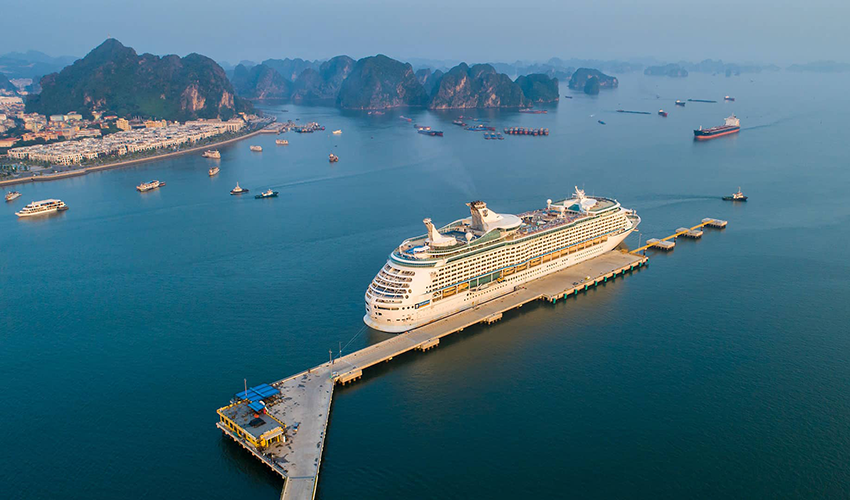
How to Choose the Best Shore Excursion Tour Package: A Practical Guide for Cruise Passengers
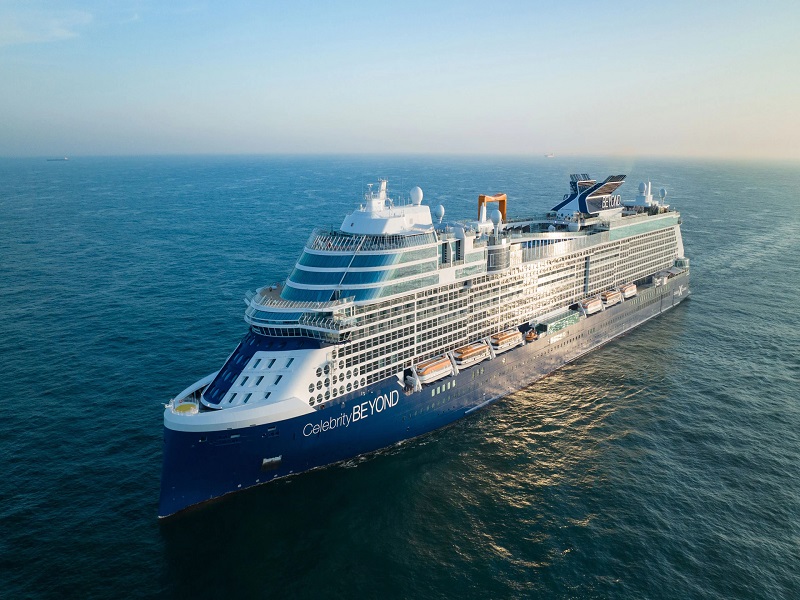
How Not to Be Late for Your Cruise: A Complete Guide for Shore Excursion Travelers in Vietnam & Thailand

Top 10 Most Beautiful Islands in Southeast Asia for Beach Lovers
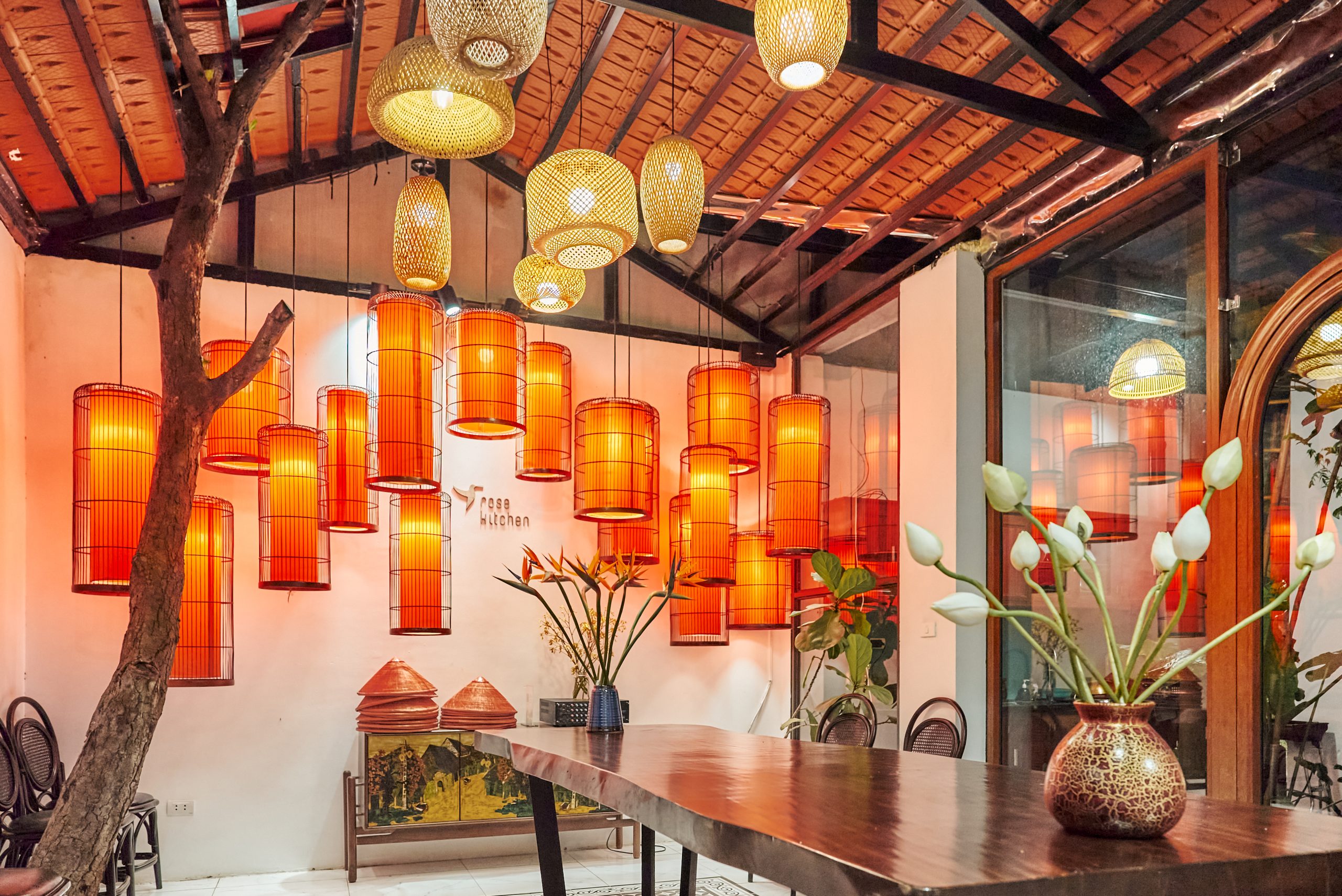
The Rise of Experiential Tourism: Travelers Now Prefer Direct Immersion Over Traditional Sightseeing

Vietnam’s Tourism Surge in 2024: Driving Growth and Innovation in the Post-Recovery Phase

A Culinary Journey Through Thailand: Exploring The Iconic Dishes Of Tom Yum, Pad Thai, And Green Curry

A Culinary Journey Through Laos: Traditional Dishes Larb, Khao Niaw, And Tam Mak Hoong

Discovering Cambodia’s Culinary Treasures: Amok, Bai Sach Chrouk, And Samlor Korko
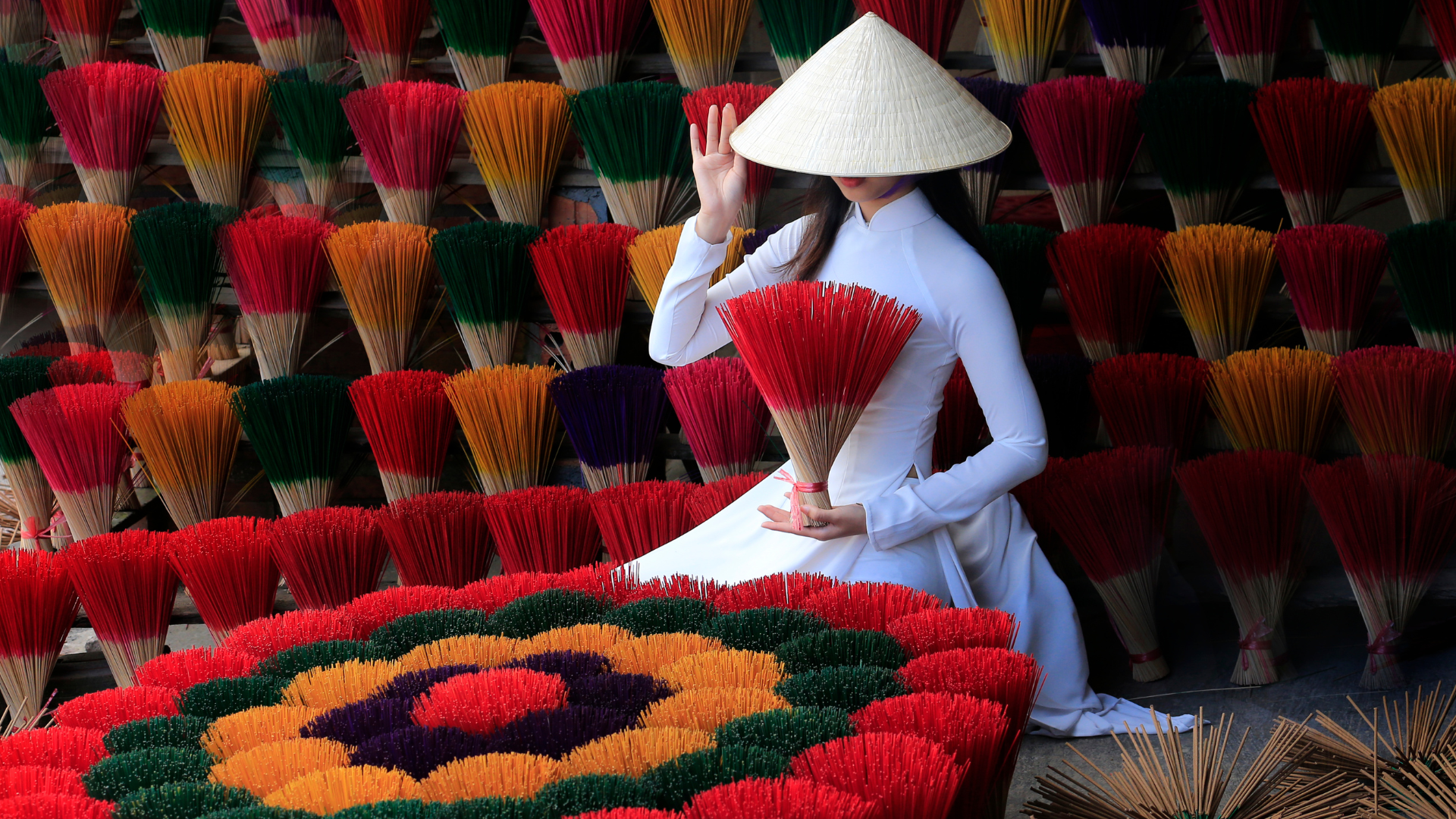
The Timeless Elegance of Áo Dài Việt Nam

Discovering Cambodia’s Culinary Treasures: Amok, Bai Sach Chrouk, And Samlor Korko
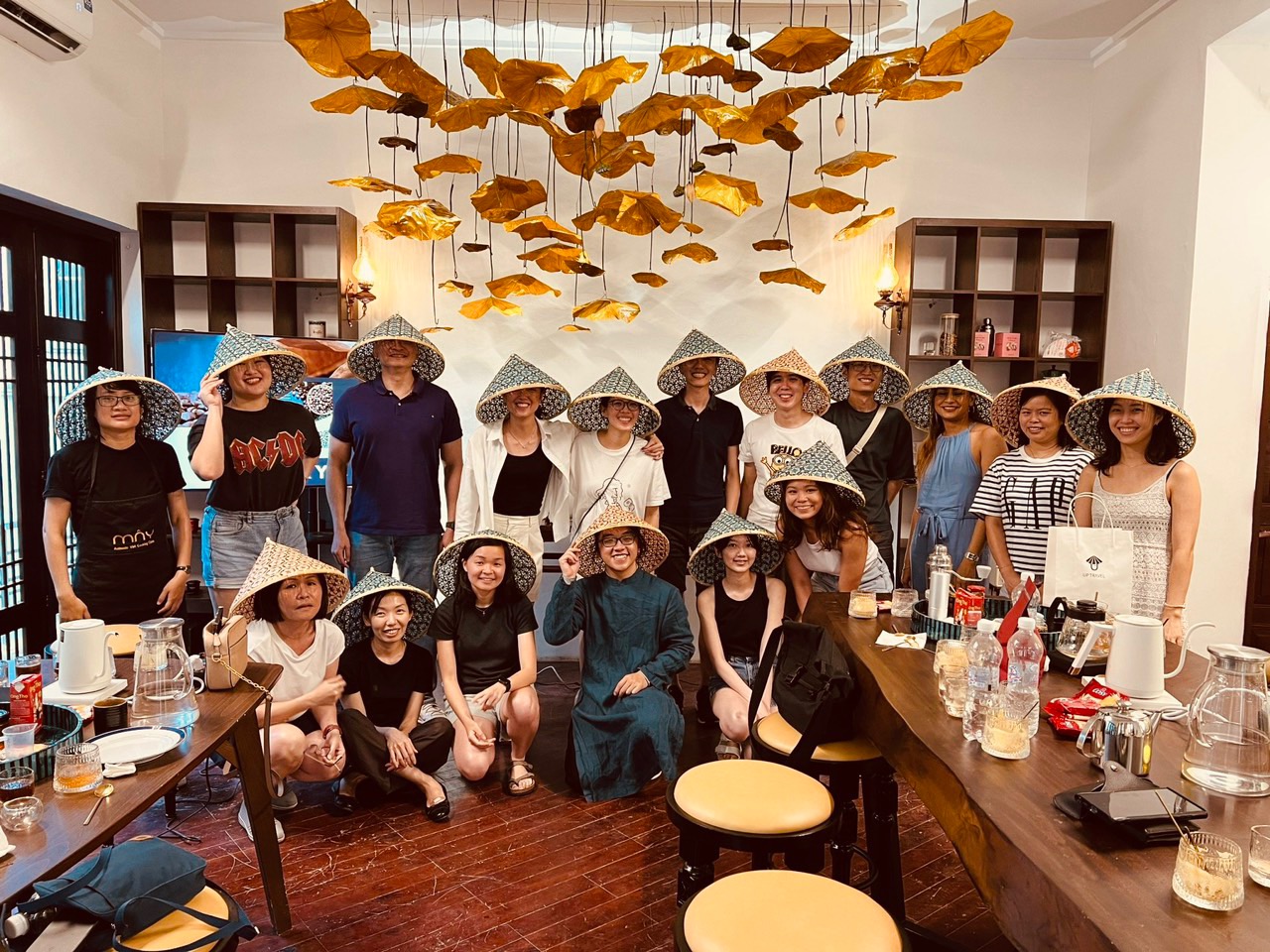
Su Quan Roastery Wins Traveler’s Choice Award 2024: A Journey of Excellence in Coffee Craftsmanship

Festivals in Laos: A Celebration of Culture and Traditions
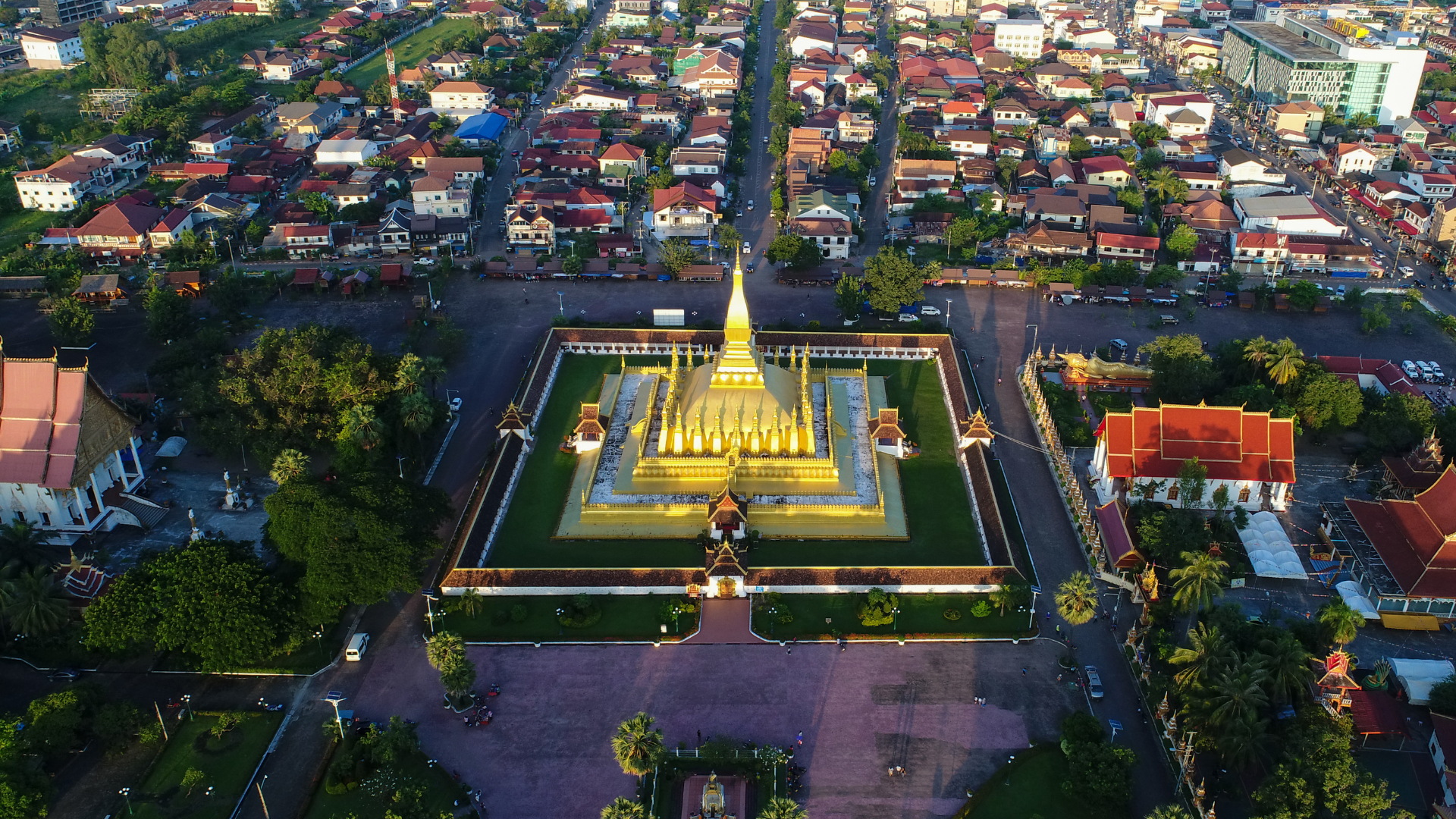
Experience Laos at Its Finest: A Comprehensive Seasonal Travel Guide

A Guide to Transportation in Cambodia: Navigating the Kingdom of Wonder

Seasonal Guide to Cambodia: When to Go for the Best Experience

Exploring Transportation Options in Thailand: Your Ultimate Guide

Visa And Entry Requirements For Traveling Thailand

Best Time To Visit Viet Nam

A Culinary Journey Through Thailand: Exploring The Iconic Dishes Of Tom Yum, Pad Thai, And Green Curry

Discovering Cambodia’s Culinary Treasures: Amok, Bai Sach Chrouk, And Samlor Korko

A Culinary Journey Through Laos: Traditional Dishes Larb, Khao Niaw, And Tam Mak Hoong
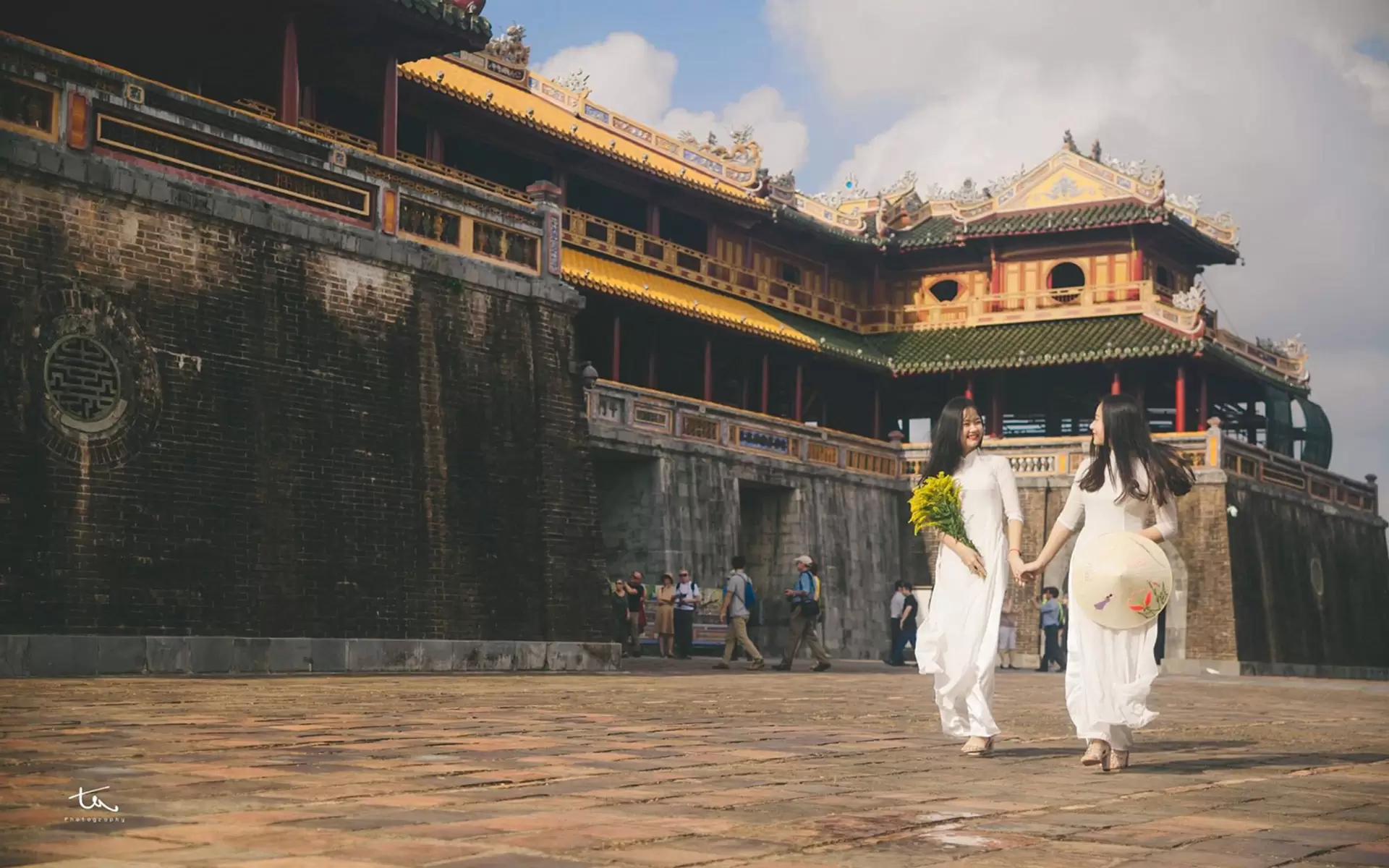
The Timeless Elegance of Áo Dài Việt Nam

Traveling to Thailand: Navigating the Weather and Essential Preparations

Traditional Festivals in Cambodia: A Window into Culture and Spiritual Heritage

Exploring the Weather in Laos: What to Expect and How to Prepare

A Comprehensive Guide to Vietnam’s Weather and Travel Preparation

Exploring the Heart of Laos: A Journey Through Culture, Nature, and Heritage

Unveiling the Hidden Gems of Laos: A Journey Off the Beaten Path

A Guide to Transportation in Cambodia: Navigating the Kingdom of Wonder

Seasonal Guide to Cambodia: When to Go for the Best Experience

Exploring Transportation Options in Thailand: Your Ultimate Guide

Visa And Entry Requirements For Traveling Thailand

Transportation in Vietnam: A Comprehensive Guide

Visa And Entry Requirements For Traveling To Vietnam

Best Time To Visit Viet Nam
Subscribe for Insights
Enjoy updates, inspiration, and travel tips sent right to your inbox


